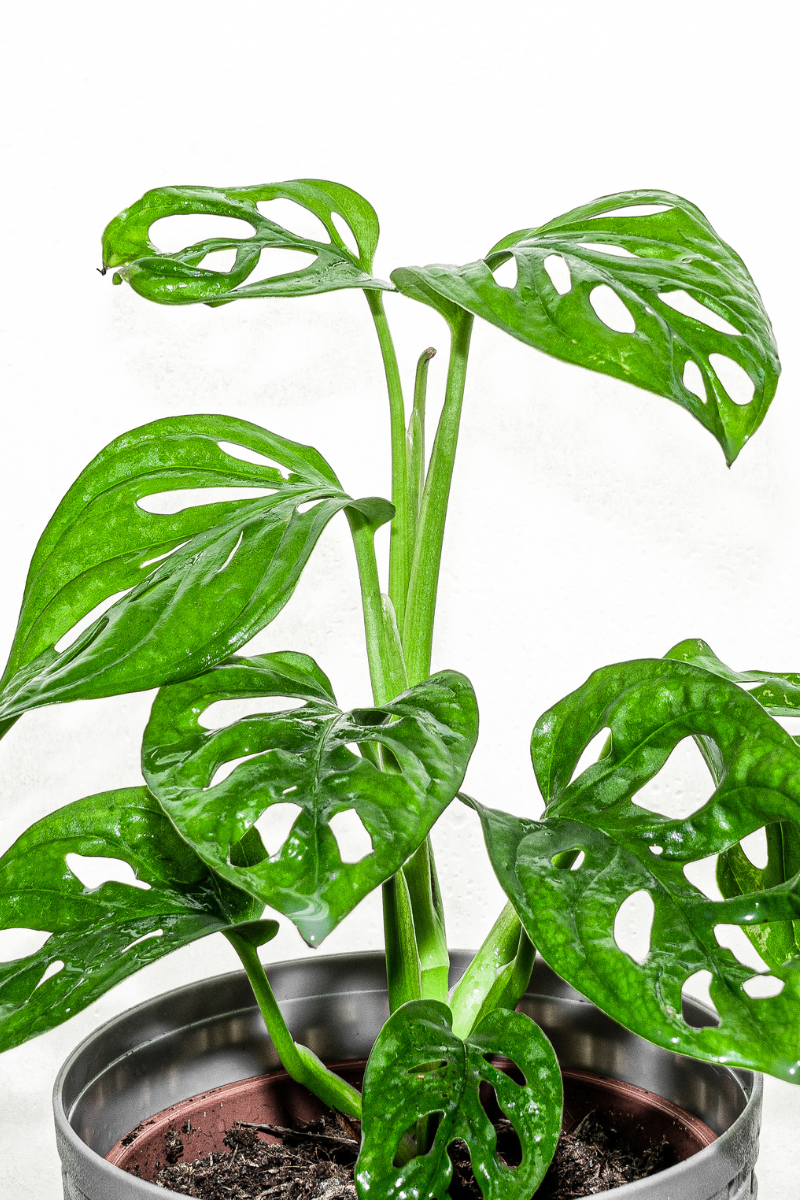Understanding Fenestration: Why Some Plants Have Holes in Their Leaves
If you’re a plant enthusiast, you’ve likely come across plants with leaves that have mysterious holes, splits, or transparent sections. But did you know there’s a scientific term for this? It’s called fenestration!
What is Fenestration?
Fenestration comes from the Latin word fenestratus, meaning “provided with openings,” and in botany, it refers to plants that have leaves with perforations, splits, or translucent areas. These unique features look like little windows in the leaves, allowing light to filter through and providing a peek into the inner workings of the plant.
Why Do Some Plants Have Holes in Their Leaves?
You might wonder: Why do these plants have holes? What purpose do they serve? The answer lies in the plant's survival and adaptation to its environment.
Maximizing Light Exposure: Many fenestrated plants, like the popular Monstera or Swiss cheese plant, are native to tropical rainforests. These plants grow in the understory, where light is scarce. The holes in their leaves allow more light to reach the plant’s lower parts without sacrificing too much surface area for photosynthesis.
Reducing Wind Resistance: The perforations can also help reduce the force of strong winds that might otherwise damage the plant. By allowing wind to pass through, fenestrated leaves become less susceptible to tearing or breaking.
Facilitating Water Drainage: In some species, the holes or perforations help the plant shed excess water quickly. This is particularly important in rainforests, where heavy rain can occur suddenly. Fenestration allows for better drainage, keeping the plant’s leaves from getting waterlogged.
Increasing Leaf Efficiency: Interestingly, fenestrated leaves may also be more efficient in terms of gas exchange, which is crucial for photosynthesis. The holes could enhance airflow, helping the plant take in carbon dioxide and release oxygen more effectively.
All of these are possible reasons for plants to have fenestration. Many of these reasons have not been proven or tested enough to conclude the actual purpose of leaf fenestration.
The Science Behind Fenestration
At its core, fenestration is an evolutionary adaptation. Over time, plants that grew in areas with less light or frequent rainfall developed these special leaf structures to thrive. By allowing more sunlight to penetrate the leaf or making it easier for water to flow off, plants can grow healthier and stronger.
For gardeners and plant lovers, understanding fenestration can also help us care for these plants better. Knowing that certain plants need light in a specific way or require less water can guide us to provide the best environment for them.
Popular Fenestrated Plants
Some of the most well-known plants with fenestrated leaves include:
Monstera deliciosa: Famous for its large, glossy leaves with distinctive holes, the Monstera is a tropical plant that uses fenestration to thrive in low-light conditions.
Swiss Cheese Plant (Monstera adansonii): A smaller, but equally stunning version of the Monstera, this plant features intricate leaf perforations.
Rhaphidophora tetrasperma (Mini Monstera): Another genus that develops holes in its leaves. Sometimes mistaken for Monstera deliciosa.
Epipremnum : Many species of Epipremnum, like the Epipremnum pinnatum, have fenestrated leaves to help them adapt to their environment.


